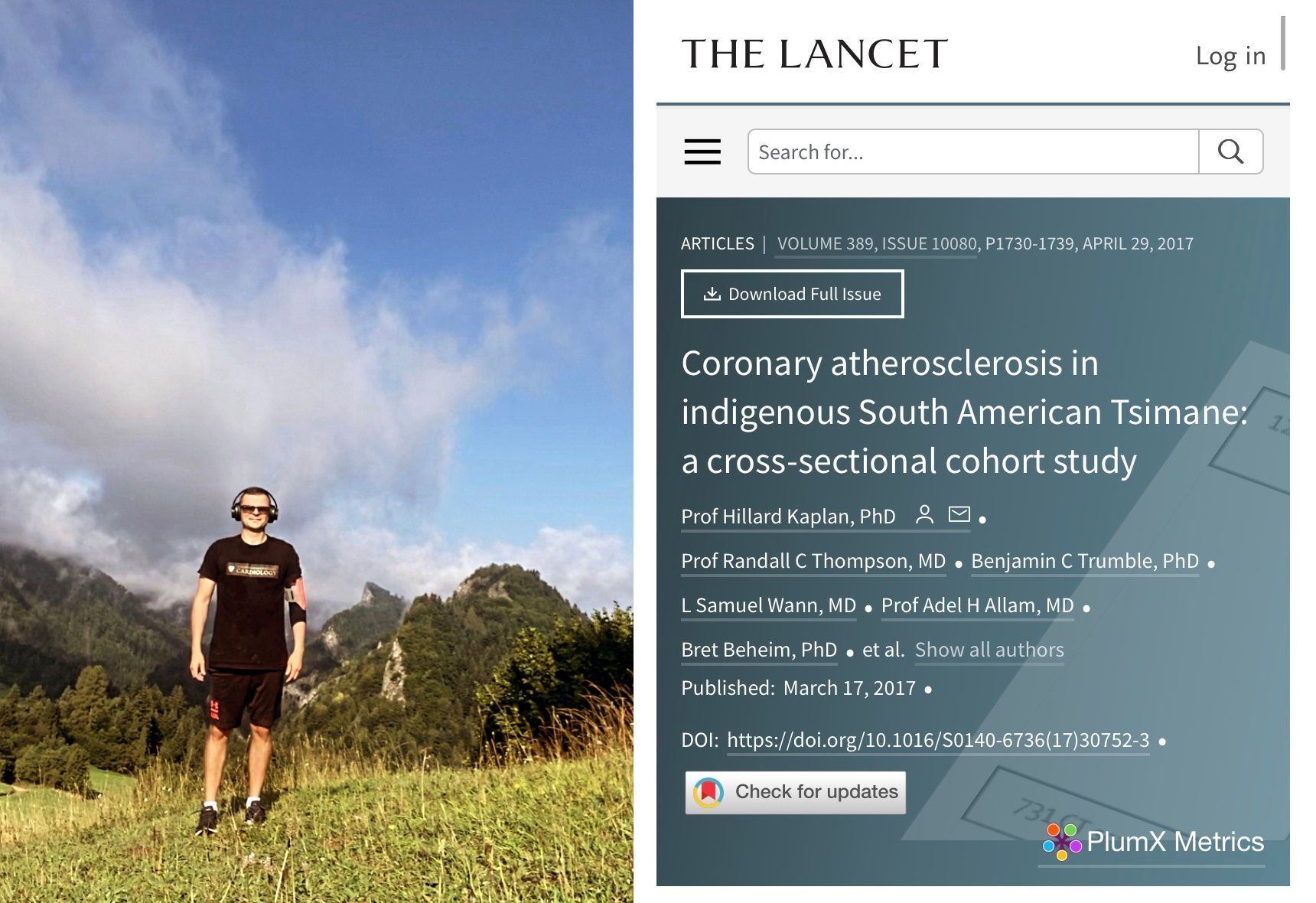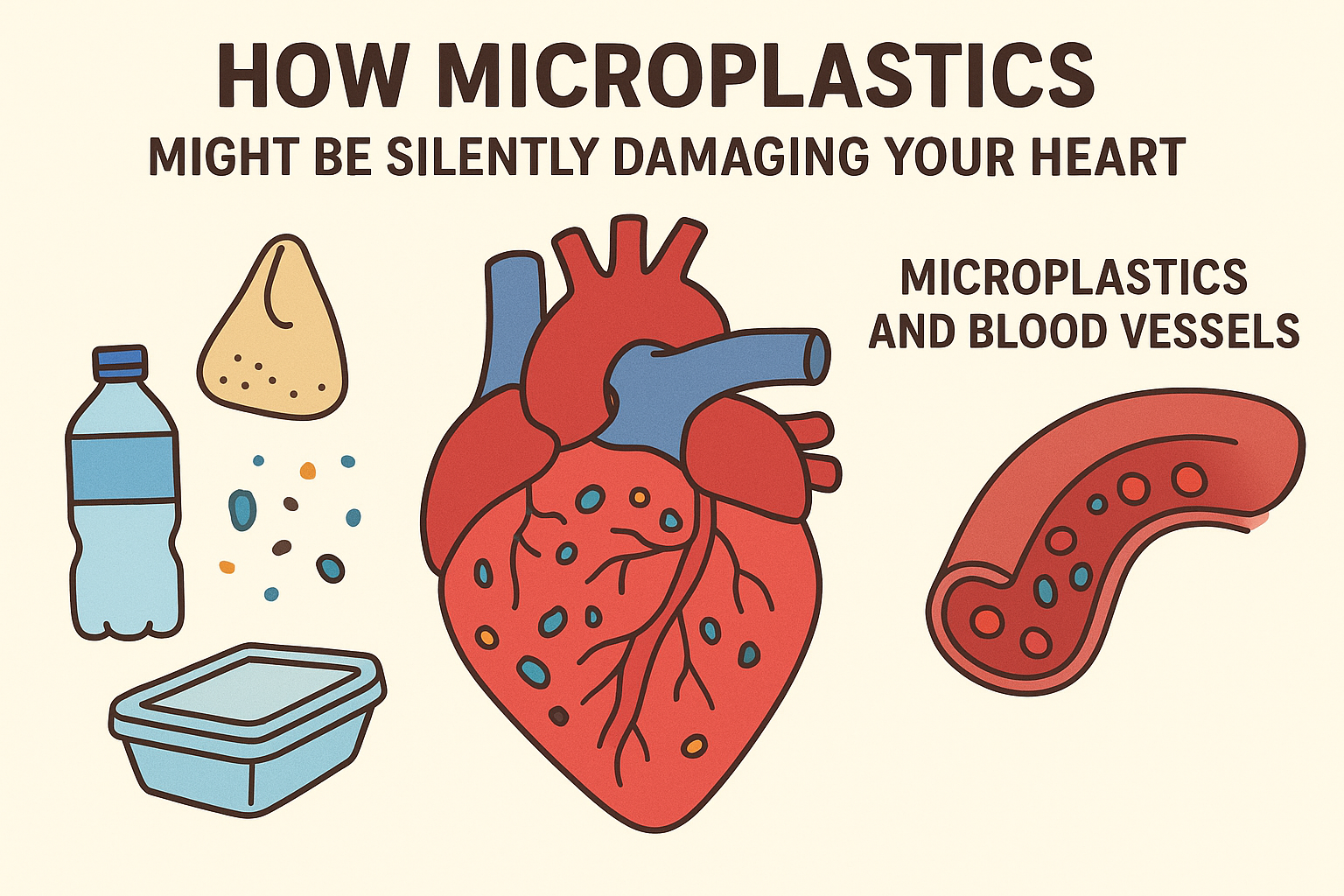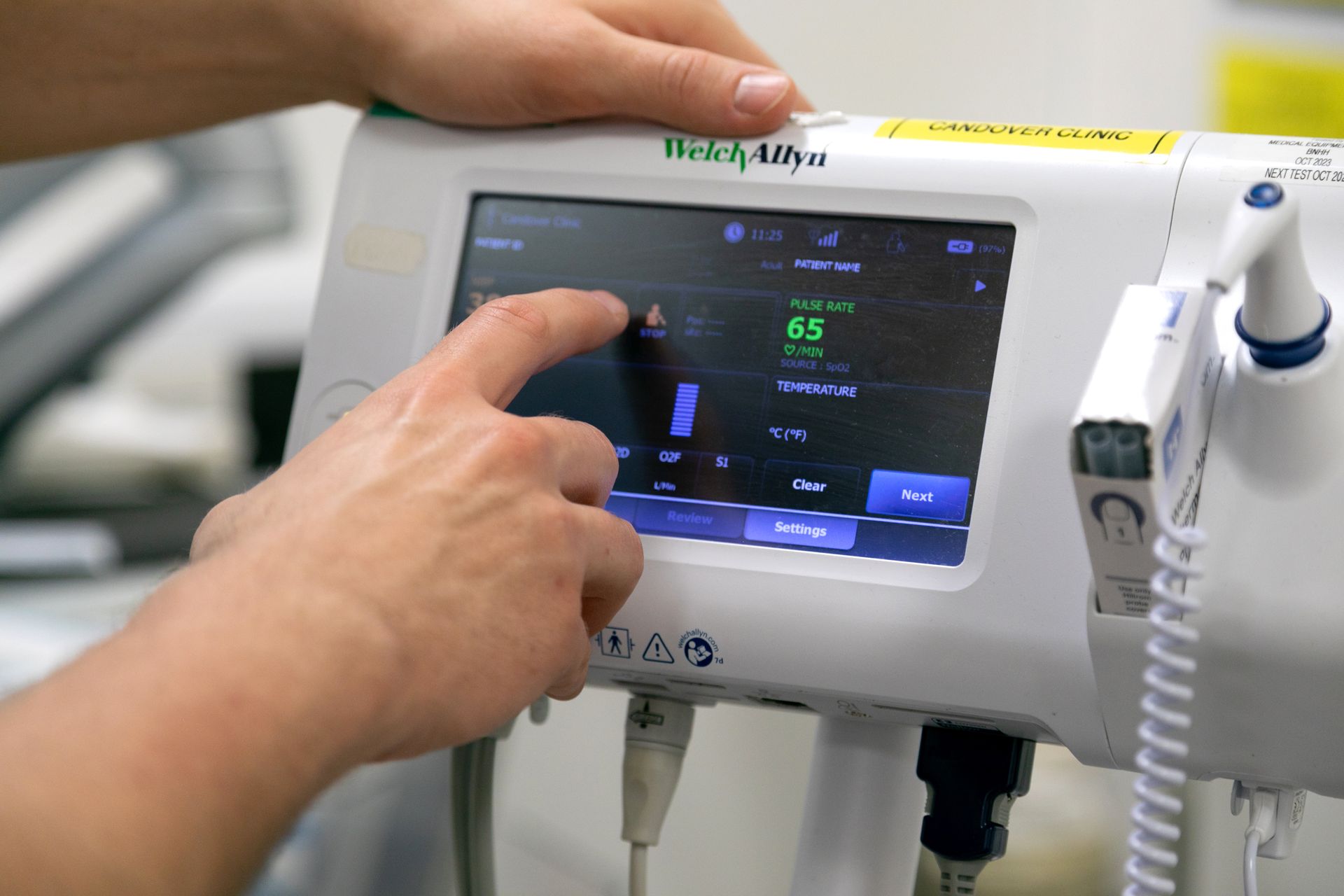Where are the Healthiest HEARTs in the World?

In the Tismane People in Bolivia, according to the study above, which was published in Lancet journal in March 2017.
- Tismane People live in the forests of the Bolivian Amazon.
- It was a large observational study, which included 705 Tismane participants and compared them to matched cohort from Multi-Ethnic Study of Atherosclerosis.
- The researchers performed non-contrast, coronary artery calcium CT scans and measured lipids, and inflammatory biomarkers.
- The authors concluded: 'Despite a high infectious inflammatory burden, the Tsimane, a forager-horticultarist population of the Bolivian Amazon with few coronary artery disease risk factors, have the lowest reported levels of coronary artery disease risk factors, have the lowest reported levels of coronary artery disease of any population recorded to date. These findings suggest that coronary atherosclerosis can be avoided in most people by achieving a lifetime with very low LDL, low blood pressure, low glucose, normal body-mass index, no smoking, and plenty of physical activity. The relative contributions of each are still to be determined.'
Summary and the link to the article below ⬇️:
https://www.thelancet.com/journals/lancet/article/PIIS0140-6736(17)30752-3/fulltext?elsca1=tlpr
-----------------------------------------------
📸 taken during a morning run in the mountains of Czechia in August 2023.
==========================================================
The Tsimane Tribe: Unraveling the Secrets to Heart Health in a Modern World
Introduction:
In the quest to understand the roots of coronary artery disease (CAD) and its risk factors, a groundbreaking study has turned the spotlight on the Tsimane, a Bolivian population leading a pre-industrial lifestyle of hunting, gathering, fishing, and farming. Published in The Lancet, this study delves into the fascinating findings that challenge conventional wisdom about CAD risk factors and offers valuable insights into maintaining heart health.
Background:
The conventional understanding attributes at least 90% of the risk of coronary artery disease to established factors. Seeking to explore the association between a pre-industrial lifestyle and a low prevalence of CAD risk factors, the study focused on the Tsimane, known for their subsistence lifestyle and high infectious inflammatory burden.
Methods:
The cross-sectional cohort study included Tsimane individuals aged 40 or older. Coronary atherosclerosis was assessed using coronary artery calcium (CAC) scoring through non-contrast CT scans. A comparison was made with 6814 participants from the Multi-Ethnic Study of Atherosclerosis (MESA), with CAC scores over 100 indicating significant atherosclerotic disease.
Key Findings:
The results were nothing short of remarkable. Of the 705 Tsimane individuals included in the study, 85% had no CAC, 13% had CAC scores of 1–100, and only 3% had CAC scores over 100. For individuals above 75 years, Tsimane presented with a five-fold lower prevalence of significant CAC scores compared to industrialized populations.
Tsimane participants exhibited remarkably low levels of LDL and HDL cholesterol, with obesity, hypertension, high blood sugar, and regular cigarette smoking being rare.
Conclusion:
The Tsimane tribe offers a unique window into a lifestyle that appears to shield against coronary artery disease, challenging our understanding of the role of risk factors. While the relative contributions of each factor remain to be fully determined, these findings emphasize the potential for preventive measures to significantly reduce the burden of CAD in modern societies. The study opens new avenues for research into heart health and prompts a revaluation of lifestyle choices for optimal cardiovascular well-being.
===============================================================
Dr Bart Olechowski, private cardiologist at Candover clinic in Basingstoke and Sarum Road Hospital in Winchester has booking times available every Wednesday and Thursday. Patients with heart problems, such as chest pains, breathlessness, palpitations or blackouts can be investigated via the private sector with coronary angiography, Holter`s monitoring, Echocardiograms and 24 hours blood pressure monitors.











